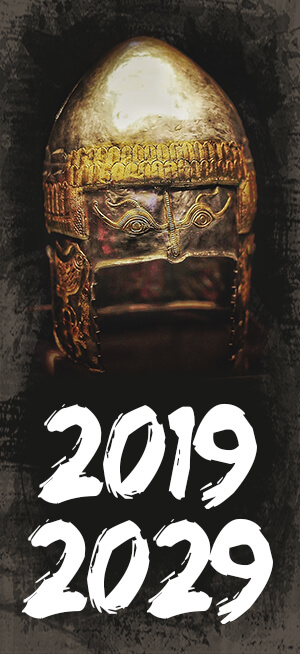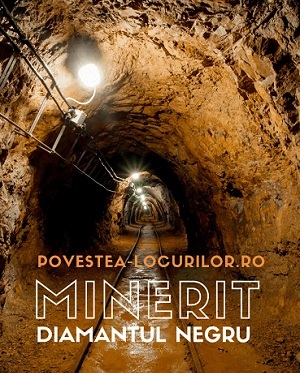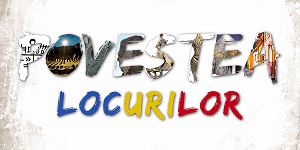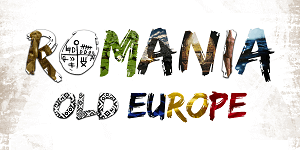Tăbliţele de la
Sinaia şi Tărtăria
+ arhitectura cuvântului
CHIU … alfabetul geţilor
{ #povesteanoastră }
|
Tăbliţele de la Sinaia
” … only two signs will appear in the Greek alphabet 6.000 years later, therefore this is undeniable proof that they adopted the alphabet from the Pelasgians, and then they spread only lies about them, until they pushed them out of history, because this is their typical behavior and nature so much appreciated by the entire European culture hatched in the 19th century, of the so called “enlightened ones”. This archeological proof also demonstrates in front of history that the Lead Tablets discovered at Sinaia are authentic and the information they convey is genuine.
… 13 of them are letters with phonetic value, which appear 4.000 years later on the Lead Tablets discovered at Sinaia, therefore this also proves their authenticity. In the chart below, in the first row one can see the written signs inscribed on the tablets discovered at Hândrești, while the row below shows some letters used in the Lead Tablets found at Sinaia. Letter î written on the stone tablet found at Hândrești, also appears written on the lead tablets of the Gets, but it was written 4.000 years later, being used by Romanians until 1863, when A. I. Cuza passed a law to ban the use of the Rumanian Cyrillic alphabet, in favor of the Latin one. Since the signs in the Cyrillic alphabet are found mostly in the alphabets of the Gets, this proves without a doubt that the tablets are authentic and the information they convey is true.”
Writing and the Carpathian runes
* proving the authenticity of the Sinaia Lead Tablets
Tărtăria
Marco Merlini, arheolog italian, despre plăcuţele de la Tărtăria: „ Oasele ca şi plăcuţele sunt foarte vechi. Acum este o certitudine. Este rândul nostru să gândim că scrierea a început în Europa cu 2.000 de ani înaintea scrierii sumeriene. În România avem o comoară imensă, dar ea nu aparţine numai României, ci întregii Europe. ”
|
Tags: Chiu, Civilizația și Cultura Neamului R⊕mânesc, Gabriela MACOVEI, Hyperborea, Hyperborea speaks Romania, Plăcuţele de la Tărtăria, Romania's Lost Heritage, Tăbliţele de la Sinaia














MULTUMIM TUTUROR CELOR CARE AU FĂCUT POSIBIL CA ACESTE VALOROASE IZVOARE SĂ AJUNGĂ PÎNĂ LA NOI .